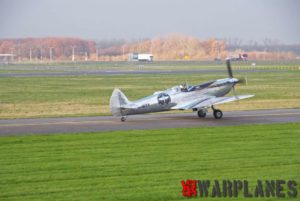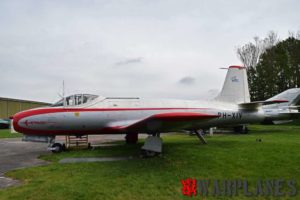Korolev museum
Zhitomir is the old city in Ukraine dated from early mediaval age and it was well known in early past as trade center for harvest product. Such as product you can still find here but what is best known of the Zhitomir is museum os astronautics named by famous rocket designer from Soviet Union- Korolev. Museum is not hard to find, you can use local bus lines but also taxi, which is so cheap.
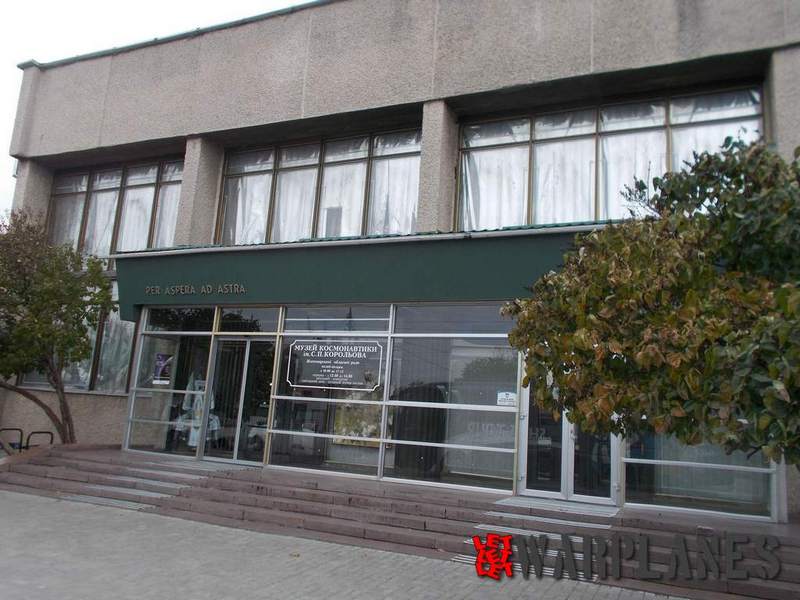
When come close, no way you can miss it, outside of museum, no matter from which street you come, you will see big rocked excibited there. Once I was inside and buy tickets, I have first nice suprize- tickets are valid for one more museum! Accross the museum of astronautics is museum converted from bith house of Korolev and ticket valid for both places. The Museum consists of two buildings: the memorial house-Museum of academician S. p. Korolev and the exposition “Cosmos”.
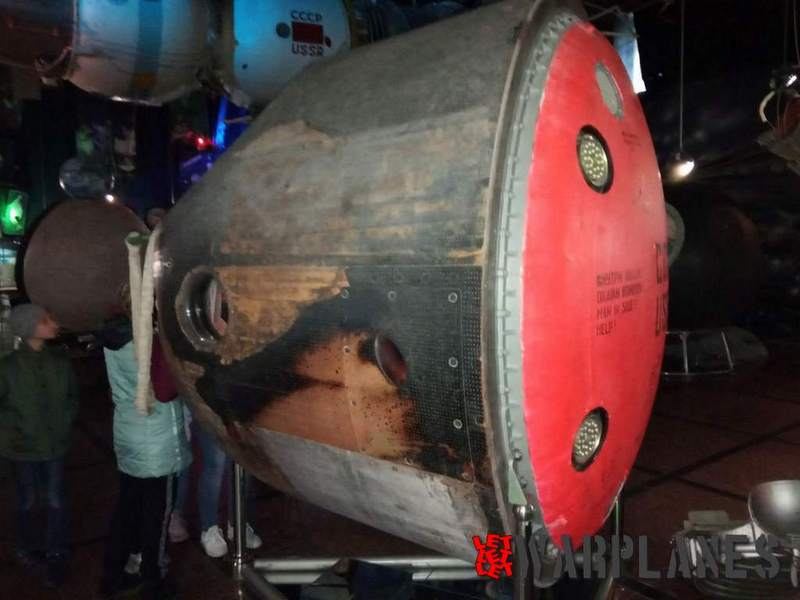
The exposition “cosmos” was opened on June 1, 1991, it presents samples of space technology and space technologies that illustrate the development of Astronautics, and the artistic design of the exposition reveals the achievements of man and fills the main content with the philosophy of space. The memorial house-Museum was opened on August 1, 1970. here you can learn about the life, activities and creative heritage of the Chief designer, get acquainted with unique photos, documents, family relics and personal belongings of the famous scientist. Must say that both places are crowded, one group of organized visitor follow to another, they are local as well foreigners. So it was so tight for me to make photos. Must say the best words of people who work here and was so friendly and assisting.
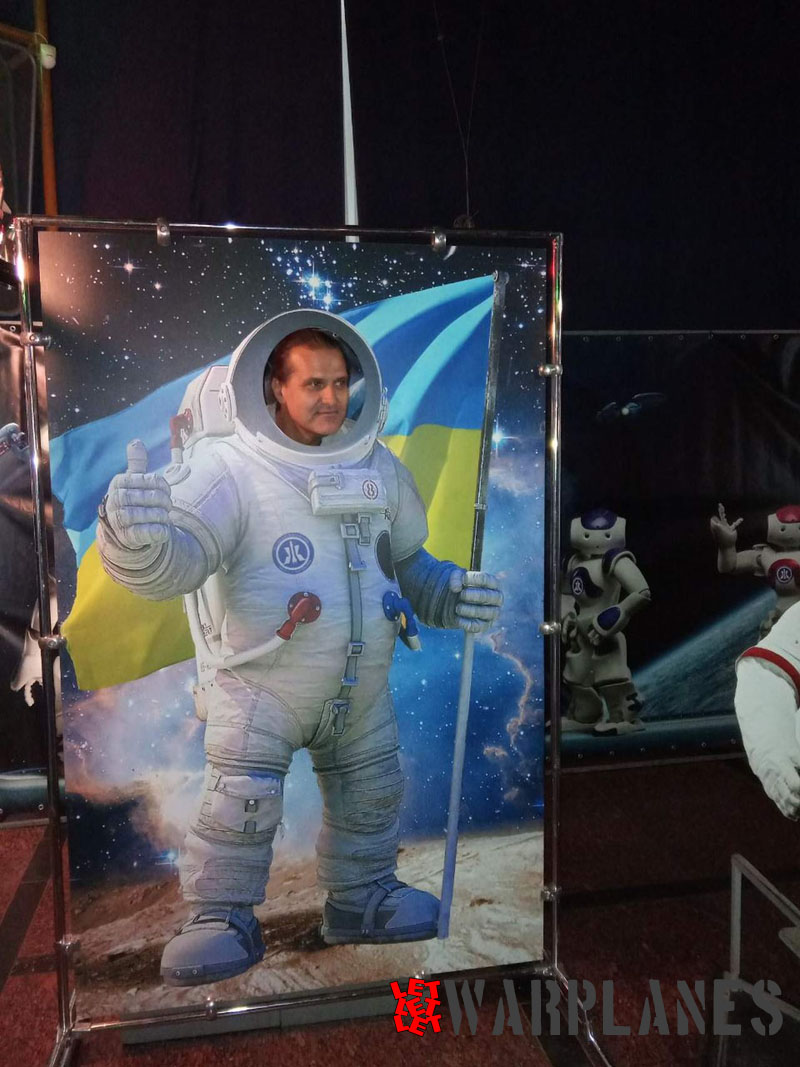
Inside museum of astronautics was so dark and this look strange in the first moment but soon I realize that idea is so good. Walls and roof inside are in dark blue paint and light is very good positioned so all subjects exposed there are excellent illuminated so appearance like in deep space is amazing! In the Museum there are models of Lunokhod-2, Soyuz spacecraft, life-size lander of automatic interplanetary station Venus-15, Soyuz-27 lander that visited space and other exhibits.
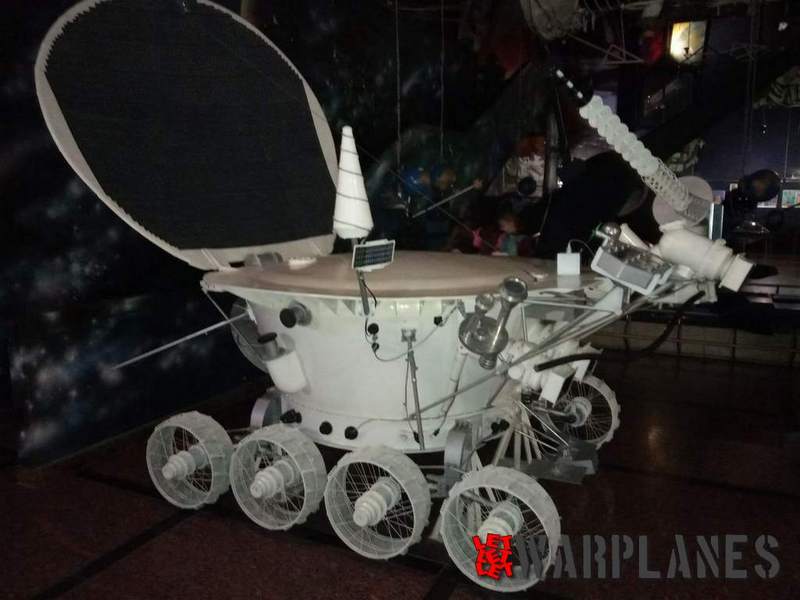
The exhibition presents a unique collection of samples of space technology, some are original scale models but many are originals, equipment, equipment of astronauts, as well as documents, photos, Souvenirs on space topics. A separate thematic complex consists of Museum objects that relate to the development of Astronautics in Ukraine. Aerospace is well promoted in Ukraine and on one wall was presented painting of young kids related to aerospace. Very valuable exhibit is a capsule with a sample of soil on the surface of the moon, gifted to the Museum by NASA employees. Museum staff are proud of such a gift.
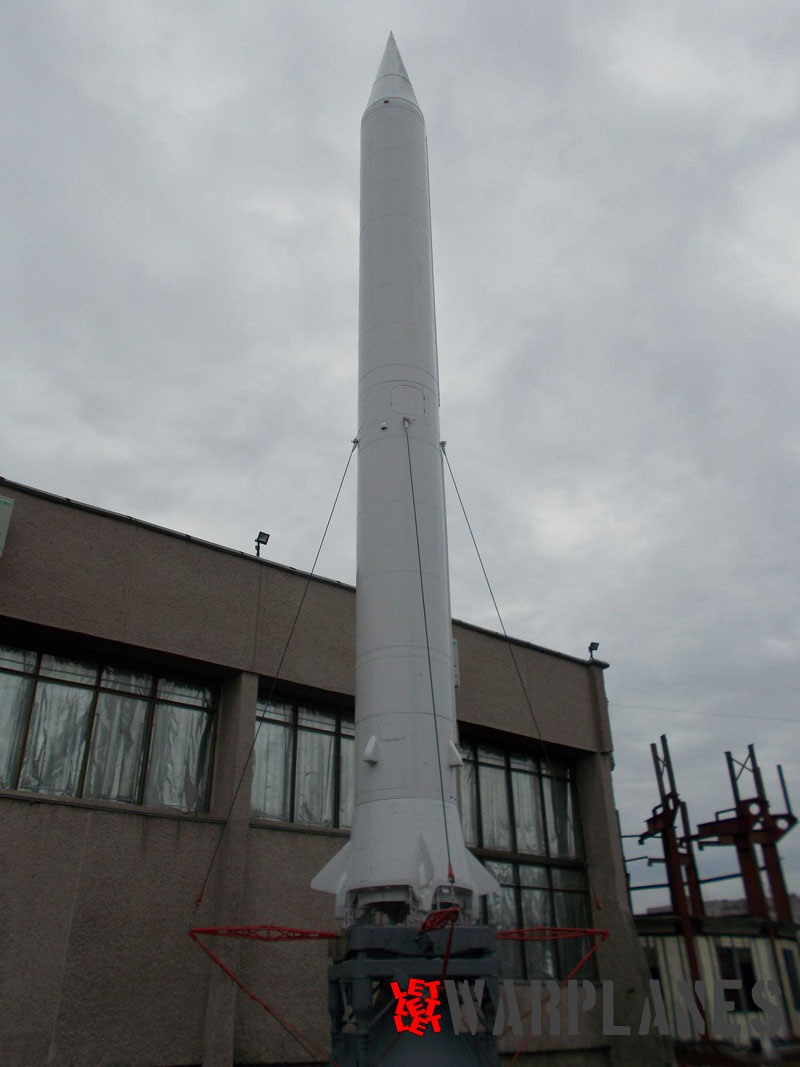
After nice visit of museum and turns few time to see again some expo there, we get out and visit another place, birth place of Korolev, converted into museum. Honestly I did not expect much, I decide to go there, just in case. But when I was inside, my surprise was so big. Normally, first rooms there is excellent preserved furniture and interior which was used by Korolev family, some things are reconstructed like baby chair in which Korolev was drive as baby. Nice impression was to see on Russian classic wood stove, which is give great heat to house even today in age of astronautics and this make Korolev house comfortable family nest. And then last room… big one with exposed all subjects related to Korolev education and aviation work.
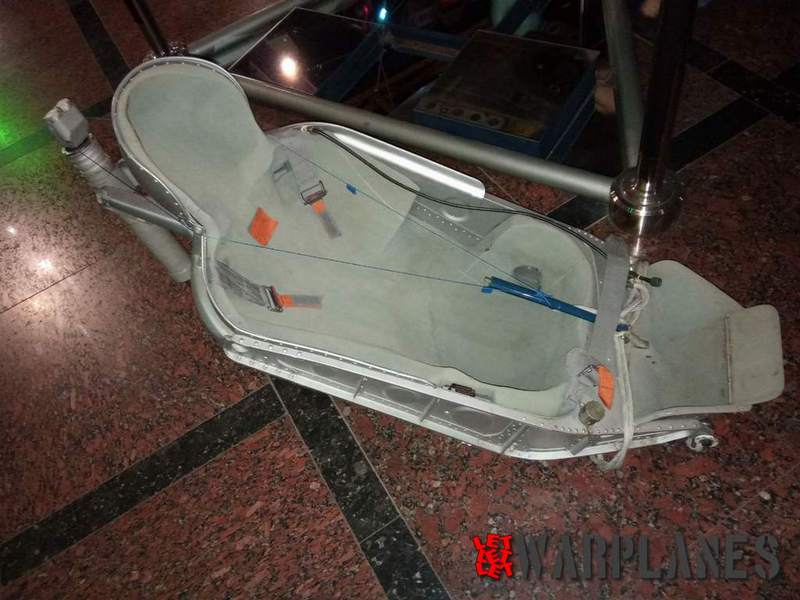
This last room include many artifact of his work and it is simply not easy to separate any of them or give em any priority. What catch my eyes was simple pencils and rulers used by Korolev. So all this famous space craft was calculated and designed with use of those simple tools, no calculator, no computer, just brain and effort! As every great man in history, Korolev was simple so this shown his suit there, simple but good. Same situation as aerospace museum across, space is so crowded with many people come there and learn about it and nice lady’s who work there, give excellent lecture of life and work of Korolev, providing so many private and less known data and perform in same moment very good technical knowledge.
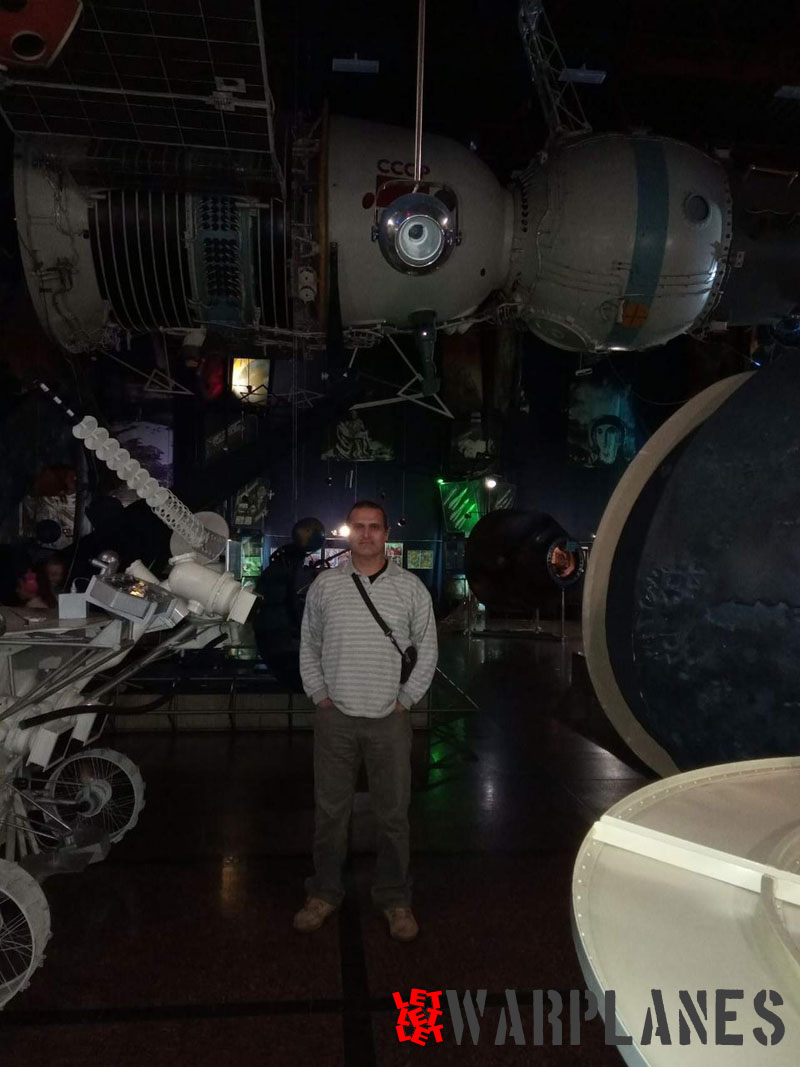
What make Korolev good in his work is the fact that he was pilot and this is one reason why his constructions was so good and somehow can say pilot friendly. Space capsule I see in museum accross are do very good designed with very ergonomic position of everything inside, I guess that this can thanks to fact that same Korolev was pilot. Their in house museum can be observed many of his early work such as glied and airplane he construct, early liquid propelled missile, flying bomb. Korolev by it self was skilled peron so there was two candle holders made by him from empty ammunition shels.
Korolev the Great
Sergei Pavlovich Korolev (December 30, 1906 [January 12, 1907], Zhytomyr and died January 14, 1966, Moscow) was a Soviet scientist, design engineer, chief organizer of the production of rocket and space technology and rocket weapons in the USSR and the founder of practical cosmonauts. One of the largest figures of the XX century in the field of space rocket and shipbuilding. Academician of the USSR Academy of Sciences. General designer of the rocket and space industry of the USSR, Chairman of the Council of chief designers of the USSR (1950-1966).
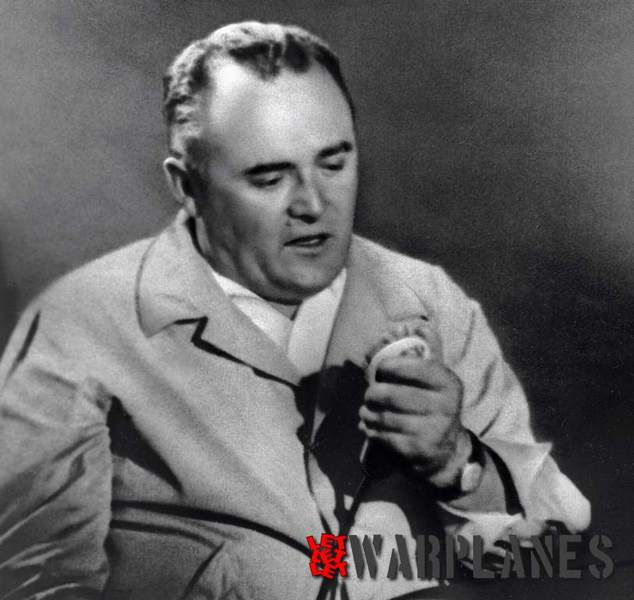
In 1915 he entered the preparatory classes of the gymnasium in Kiev, in 1917 he went to the first class of the gymnasium in Odessa, where his mother, Maria Nikolaevna Balanina, and stepfather Grigory Mikhailovich Balanin (1880-1956) moved.
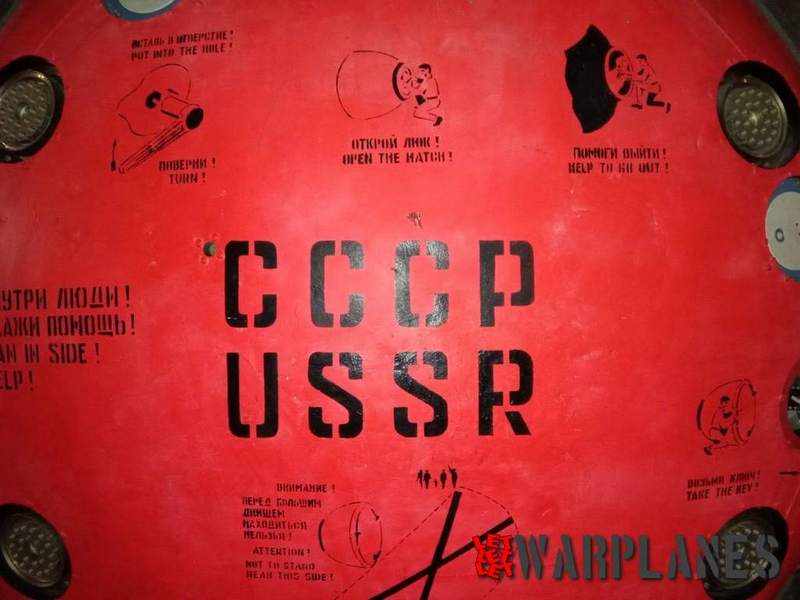
He did not study at the gymnasium for long – it was closed; then there were four months of a single labor school. Then he was educated at home – his mother and stepfather were teachers, and his stepfather, in addition to teaching, had an engineering education. Back in school years, Sergei was interested in the then new aviation technology, and showed exceptional abilities for it. In 1922-1924 he studied at a construction vocational school, studying in many different courses. In 1921 he met pilots of the Odessa Hydro detachment and actively participated in aviation public life: from 16 years age old – as a lecturer in eliminating illiteracy, and from age 17 – as the author of the K-5 non-powered aircraft project, officially protected by the competent commission and recommended for construction.
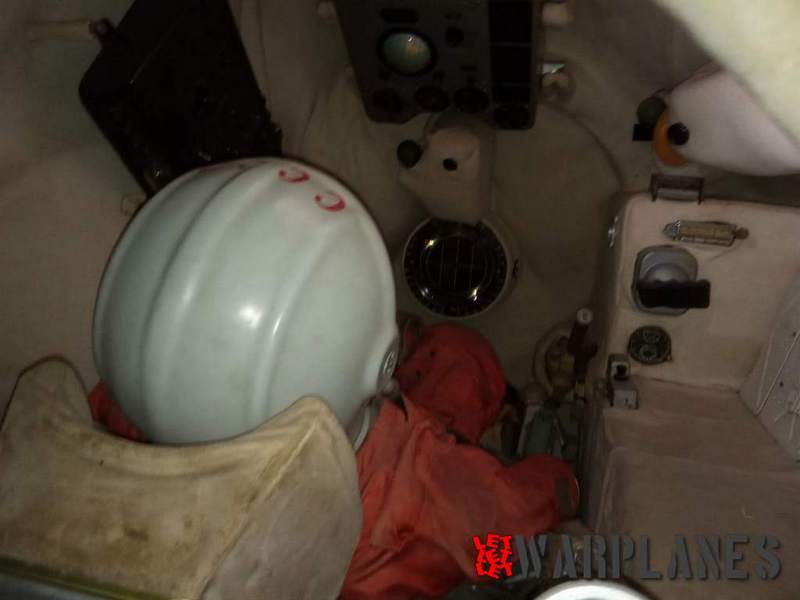
Having entered the Kiev Polytechnic Institute of aviation technology in 1924, Korolev mastered general engineering disciplines in it in two years and became a glider pilot. In the fall of 1926, he was transferred to the N.E. Bauman Moscow Higher Technical School (MVTU). The Koktebel, Krasnaya Zvezda, and Korolev designed light aircraft SK-4 to achieve a record flight range. In August 17th 1933, bureau where he was in charge, made first successful launch of the liquid propelled missile, GIRD-09, which during continued test reach height of 1500m.
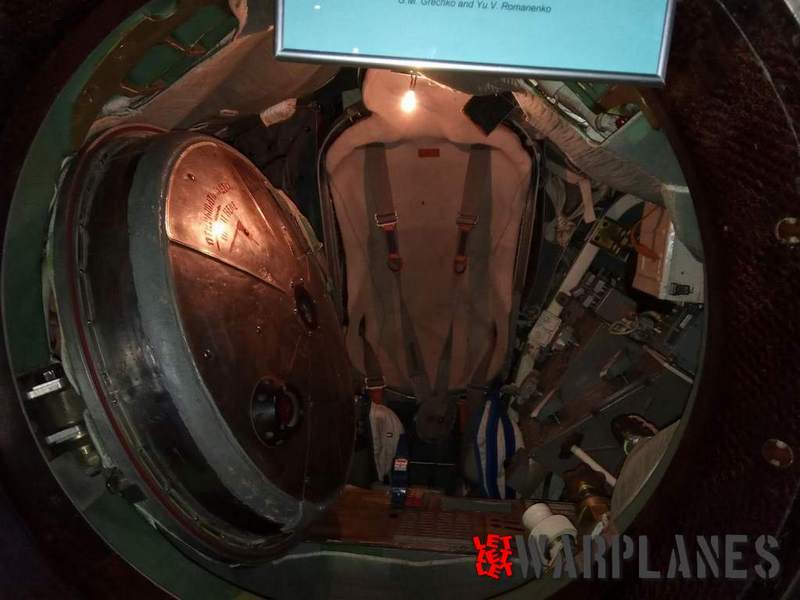
Korolev was arrested on June 27, 1938 on charges of sabotage, after the arrest of Ivan Terentyevich Kleimenov and other employees of the Jet Institute. According to some reports, he was tortured — his jaw was broken.
On September 25, 1938, Korolev was included in the list of persons to be tried by the Military Collegium of the Supreme court of the USSR. In the list, he was in the first (firing) category. The list was endorsed by Stalin, Molotov, Voroshilov and Kaganovich.
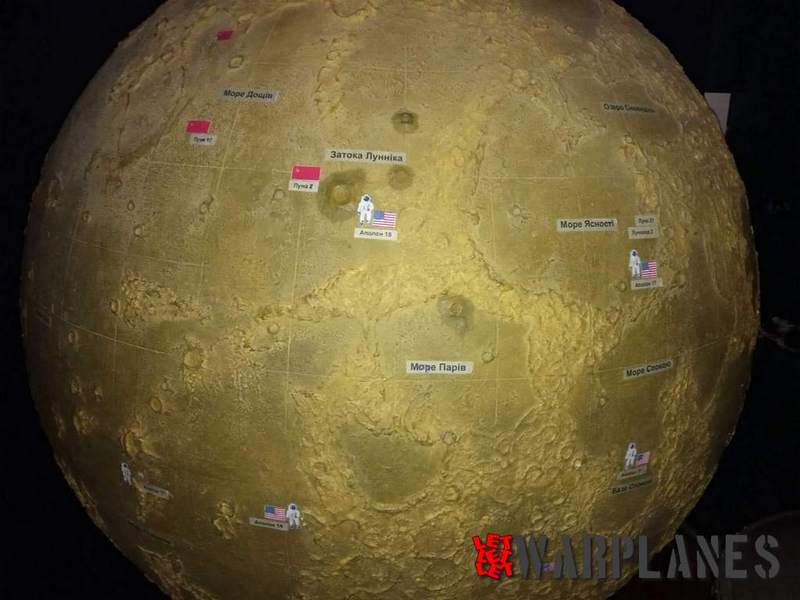
Korolev was convicted by the Military Collegium of the Supreme Court of the USSR on September 27, 1938, charge: Art. 58-7, 11. Sentence: 10 years labor camp, 5 years of deprivation of rights. The tenth of June 1940 period reduced to 8 years of labor camp, released in 1944. On his statement in Military Prosecutor’s office from 30 on may 1955 rehabilitated “for lack of the composition crimes” 18 April 1957.
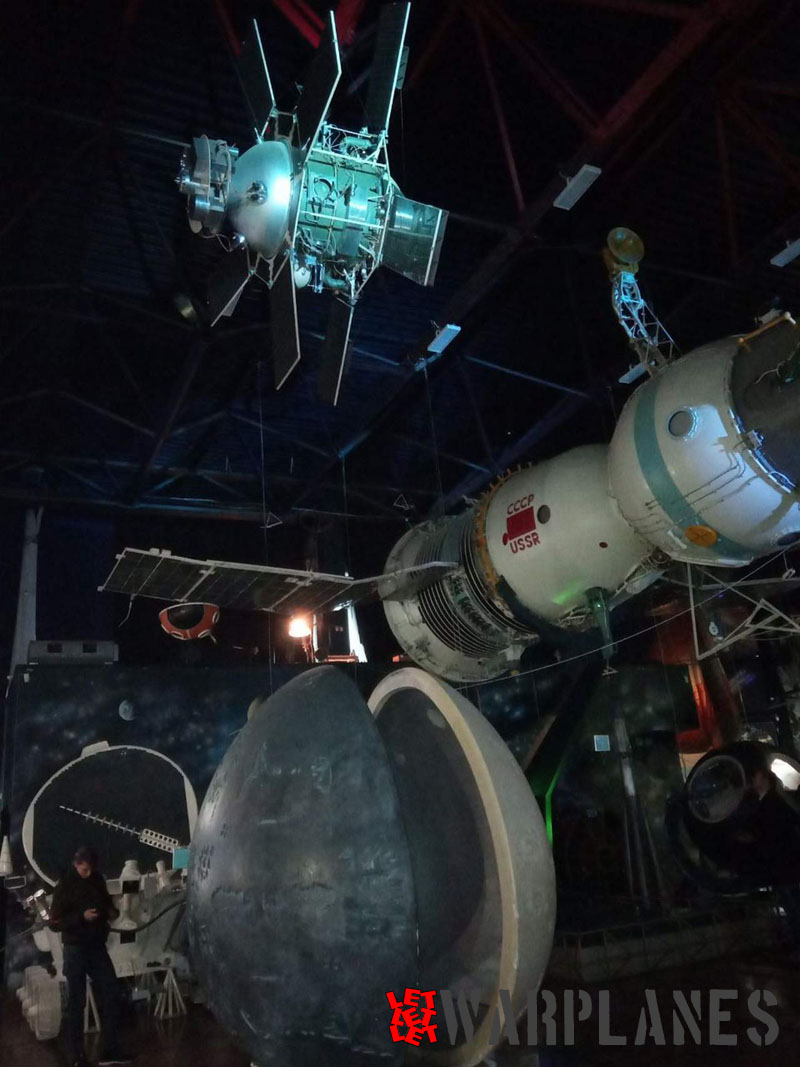
He arrived in Moscow on March 2, 1940, where four months later he was tried again by a Special meeting, sentenced to 8 years in prison and sent to the Moscow special prison of the NKVD TSKB-29, where under the leadership of A. N. Tupolev, also a prisoner, he took an active part in the design of the PE-2 and Tu-2 bombers as well on proposed rocked propelled interceptor.
This was the reason for the transfer of Korolev in 1942 to another prison-type design Bureau-OKB-16 at the Kazan aircraft factory No. 16 , where work was carried out on new types of rocket engines for the purpose of using them in aviation. Korolev give the idea of practical use of rocket engines to improve aviation: reducing the length of the aircraft takeoff and increase the speed and dynamic characteristics of aircraft during air combat.
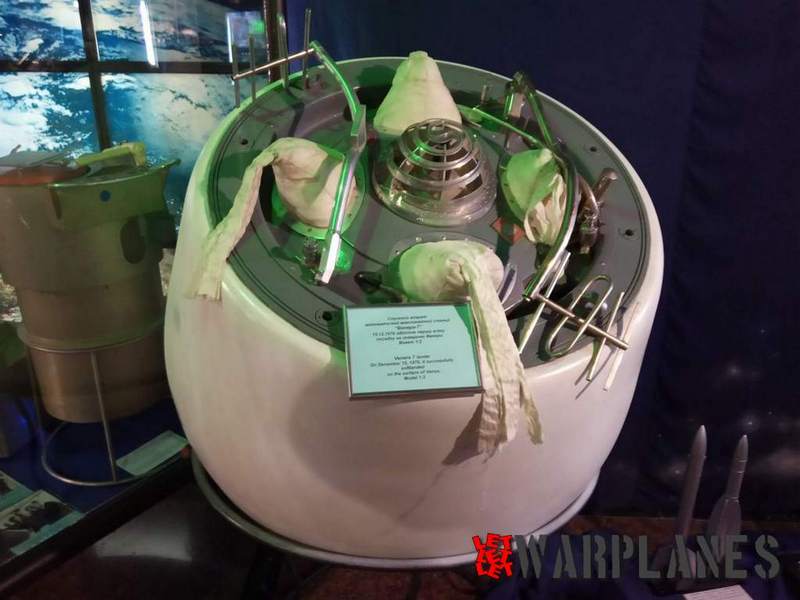
In early 1943, he was appointed chief designer of the jet propulsion group. He was engaged in improving the technical characteristics of the PE-2 dive bomber, the first flight of which with an operational missile launcher took place in October 1943.
The first artificial earth satellite
In 1955 (long before the flight tests of the R-7 rocket) S. P. Korolev, M. V. Keldysh, M. K. Tikhonravov came to the government with a proposal to launch an artificial earth satellite (ISS) into space with the help of the R-7 rocket. The government supported this initiative. In August 1956, OKB-1 left the NII-88 and became an independent organization, the chief designer and Director of which was appointed S. P. Korolev.
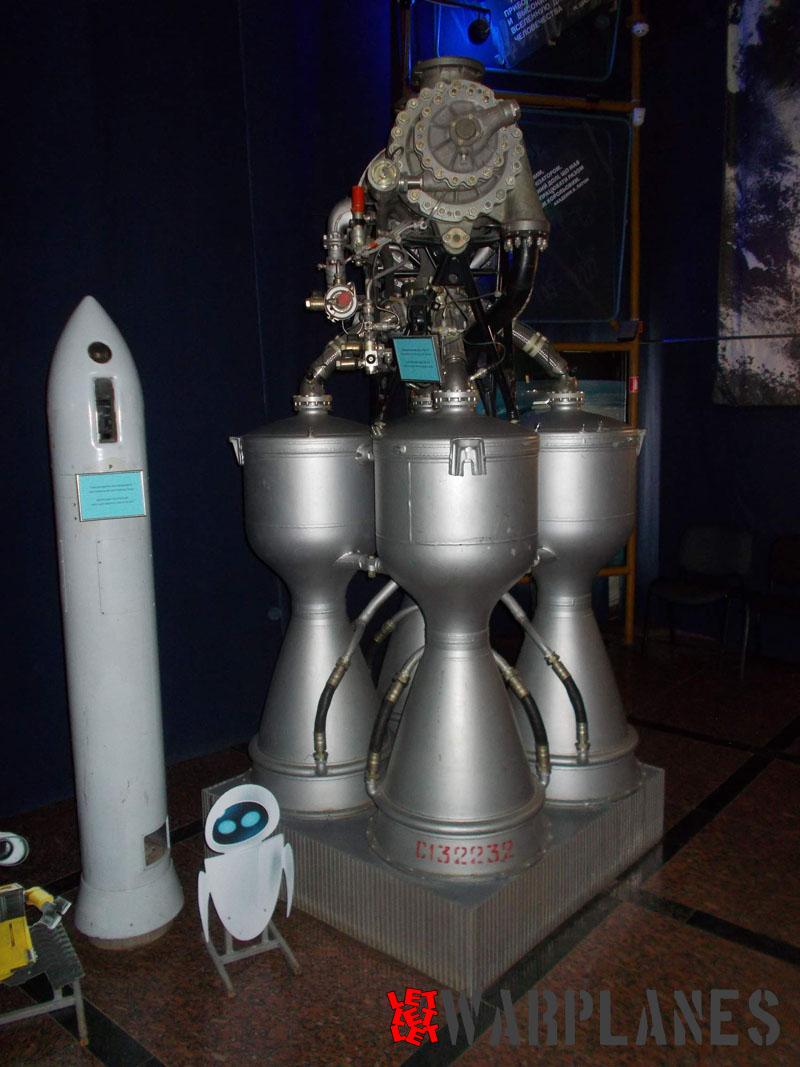
To implement manned flights and launches of automatic space stations, Korolev developed a family of perfect three – and four-stage carriers on the basis of a combat rocket.
On October 4, 1957, the first artificial earth satellite in the history of mankind was launched into earth orbit. His flight was a stunning success and created a high international prestige for the Soviet Union.
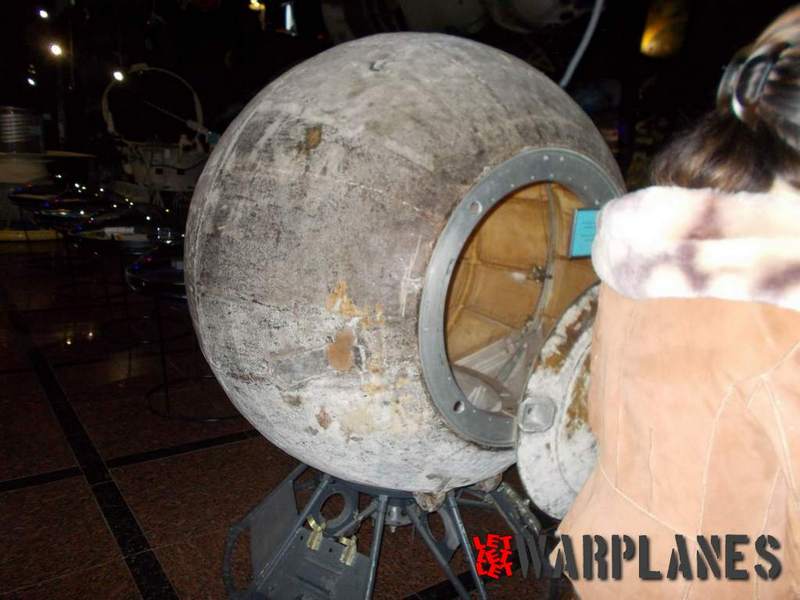
“It was small, this very first artificial satellite of our old planet, but its ringing call signs spread across all continents and among all peoples as the embodiment of the daring dream of mankind,” Korolev said later.
Other satellites and launching spacecraft to the moon
In parallel with the preparation for manned flights, work is underway on satellites for scientific, economic and defense purposes. In 1958, the geophysical Satellite-3 was developed and launched into space, and then the electron pair satellites were launched to study the earth’s radiation belts. In 1959 create and run three automatic stations to the moon: “Luna-1” flew near the moon, first by registering the solar wind, “Luna-2” for the first time in the world made a flight from Earth to another cosmic body, bringing on the moon pennants of the Soviet Union, “Moon-3” performed the first photography of the back (invisible from Earth) side of the moon, it was filmed about 70% of the back side of the moon. Further Korolev begins development of more perfect lunar device for soft landing on a surface of the moon, photographing and transfer to the Earth of a lunar panorama (object E-6).
Man in space
April 12, 1961 S. p. Korolev again affects the world community. Having created the first manned spacecraft “Vostok-1”, it implements the world’s first human flight into space- the USSR astronaut Yuri Gagarin – in earth orbit. Today is known that for this mission was actually chosen German Titov but as well he was war hero and there was possible chance that mission could go into wrong direction, Gagarin was chosen just in case to save war hero from possible fatal accident. No one knew how a person would feel under such a long weightlessness, what psychological stresses would affect him during an unusual and unexplored space journey.
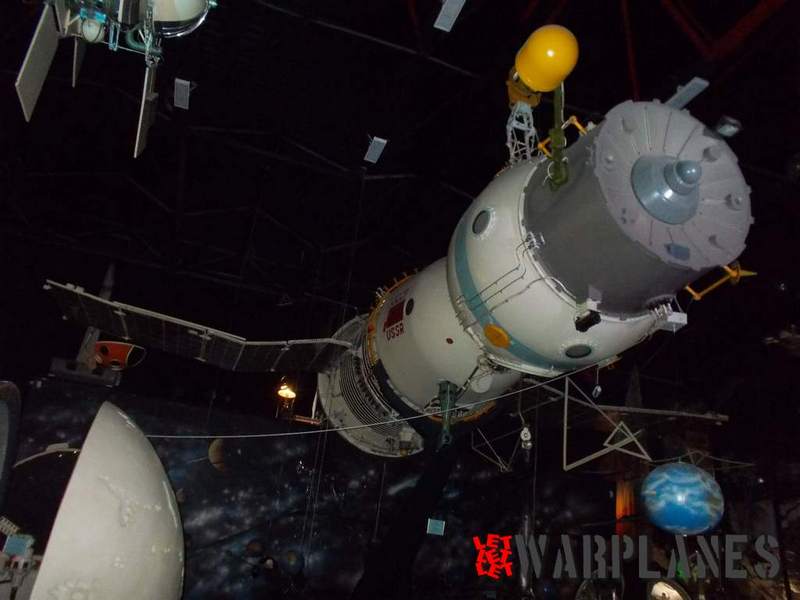
For the preparation of the first human flight into space, Korolev was awarded the title of Hero of Socialist Labor for the second time (the Decree was not published).
Following the first flight of Yuri Gagarin on August 6, 1961, German Stepanovich Titov on the Vostok-2 spacecraft made a second space flight, which lasted one day. Again-a thorough analysis of the impact of flight conditions on the functioning of the body. Then the joint flight of the spacecraft “Vostok-3” and “Vostok-4”, piloted by cosmonauts A. G. Nikolaev and P. R. Popovich, from 11 to 12 August 1962; direct radio communication was established between the cosmonauts. The following year, a joint flight of astronauts Bykovskiy and V. V. Tereshkova on the spacecraft “Vostok-5” and “Vostok-6” from 14 to 16 June 1963: the possibility of a woman’s flight into space was studied. After the flight, Korolev told his wife that women do not belong in space. Some sources mention that Tereshkova experienced technical problems in flights and Korolev ask her not not mention that anyone, he know what troubles this can make.
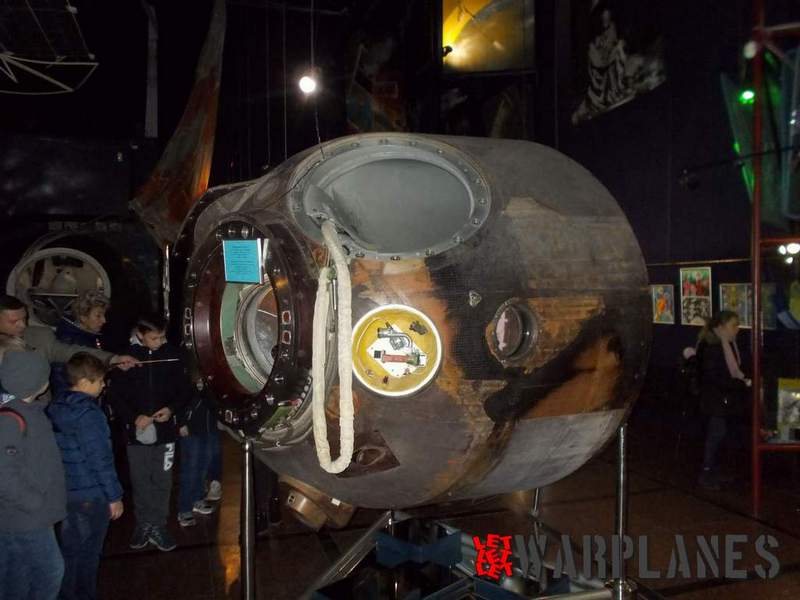
From October 12 to October 13, 1964, the more complex Voskhod spacecraft had a crew of three people of different specialties in space: a ship commander, a flight engineer, and a doctor.
The world’s first spacewalk took place on March 18, 1965 during the flight of Voskhod-2 with a crew of two people. Cosmonaut A. A. Leonov in a spacesuit went through the airlock and was outside the ship for about 20 minutes.
Orbital station project
Continuing to develop the program of manned Earth orbit flights, Korolev begins to realize his ideas about the development of a manned orbital station. Its prototype was a fundamentally new, more perfect than the previous spacecraft “Soyuz”. The structure of this ship included a household compartment where astronauts could stay for a long time without spacesuits and conduct scientific research. The mission also provided for the automatic docking in orbit of two Soyuz spacecraft and the transition of astronauts from one ship to another through outer space in spacesuits. Korolev did not live to see his ideas embodied in the Soyuz spacecraft.
Lunar project
Back in the mid-1950s, Korolev hatched the idea of launching a man to the moon. The corresponding space program was developed with the support of Khrushchev. However, this program was never implemented during the life of Korolev due to the lack of unity of command (the program was developed under the leadership of the Ministry of defense of the USSR, in which Korolev did not work), disagreements with the chief designer of rocket engines VP Glushko, as well as the change of leadership of the CPSU — Brezhnev did not attach such importance to the lunar program, as Khrushchev. After the death of Korolev, the program of launching astronauts to the moon was gradually abandoned. The Soviet moon exploration program was later carried out with the help of unmanned spaceships.
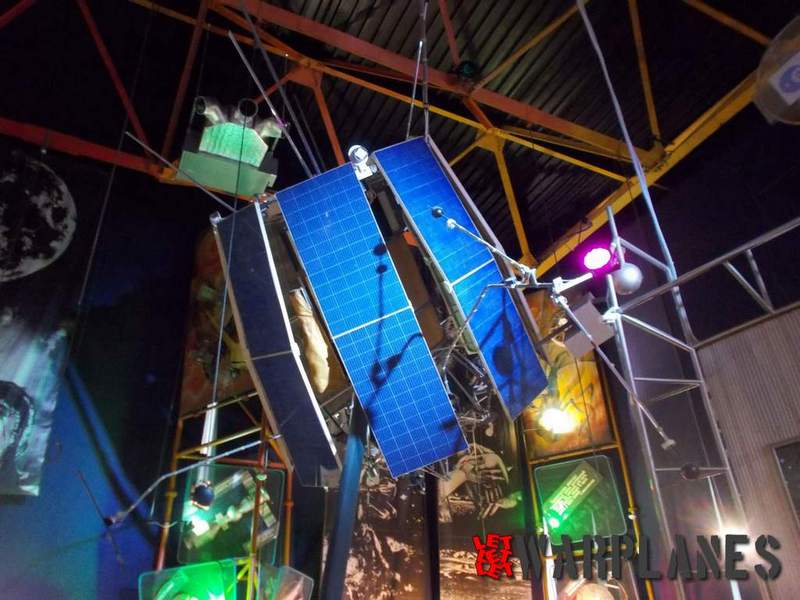
Korolev was ill from rectal sarcoma. In addition, he had: atherosclerotic cardiosclerosis, cerebral artery sclerosis, pulmonary emphysema and metabolic disorders. S.P. Korolev underwent a tumor removal operation with extirpation of the rectum and part of the sigmoid colon. Death of Korolev came from heart failure (acute myocardial ischemia). Still today is rumors that state that he was intentionally bad treated and by this way sent to death (and there was serious study made).
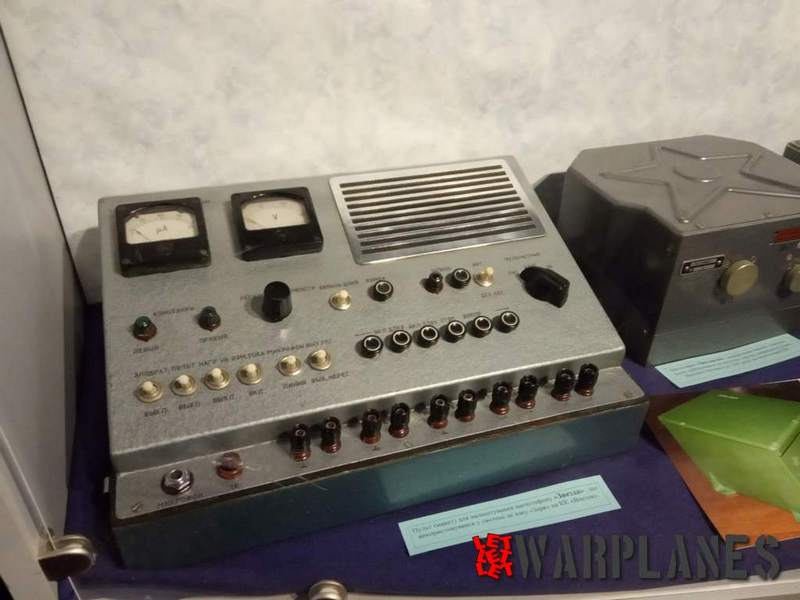
And for the very end, who was Korolev? In today’s various Internet discussion is taken in topic is he Russian or Ukrainian. In his early documents, he was credited as Russian and in later, Korolev change this and declare him self as Ukrainian.

